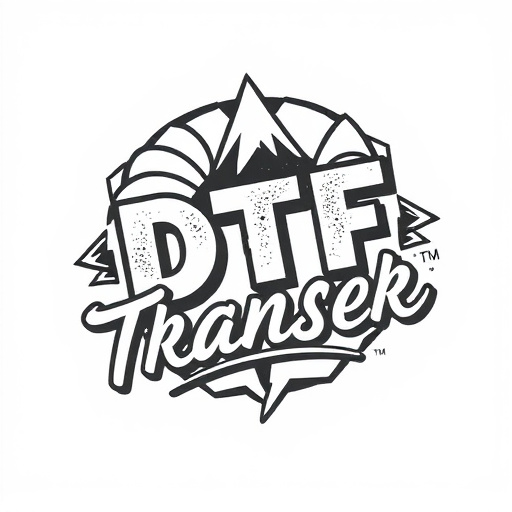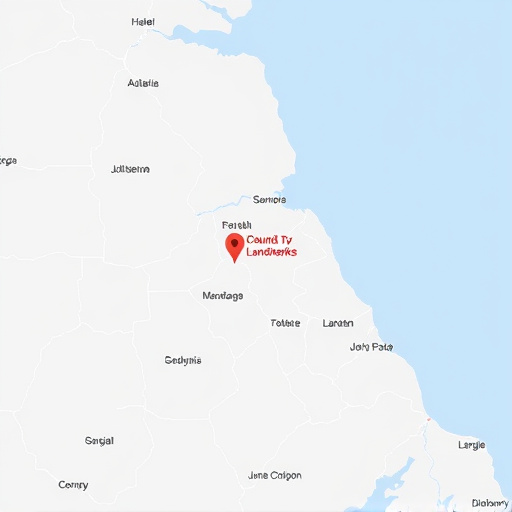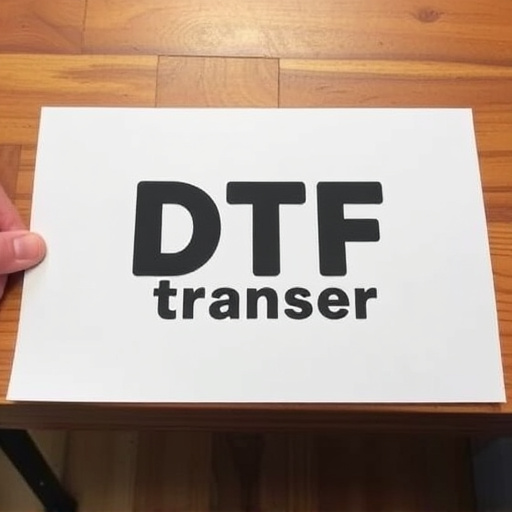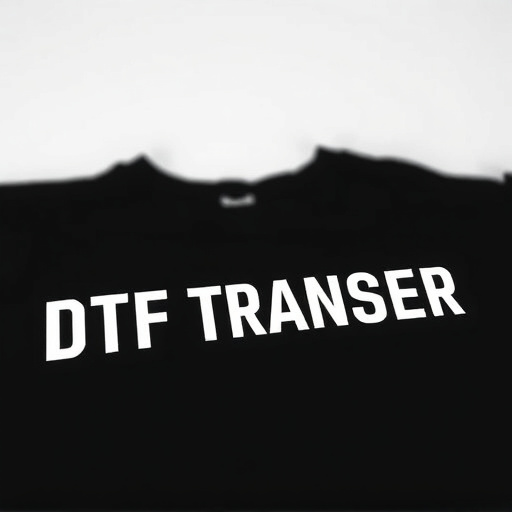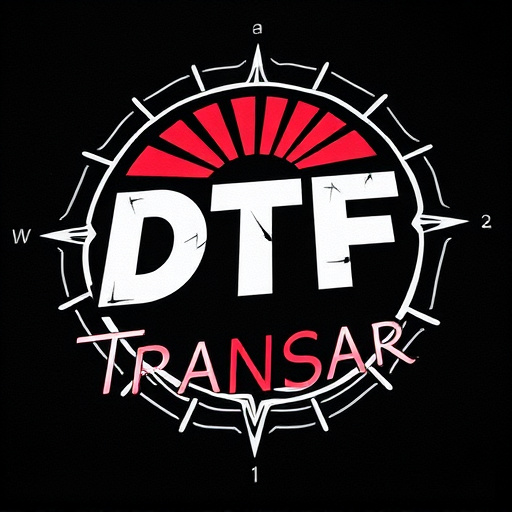DTF Transfers revolutionize printing with their removable warm transfer technology, offering effortless one-step design application onto various surfaces like fabric, wood, and paper. This efficient method streamlines production in industries from apparel to food packaging, eliminating damaging cooling processes and enhancing logistics. DTF's versatility enables precise, vibrant prints that are easily removed without residue, making it ideal for custom designs. With the future driven by digital technologies, DTF Transfers promise enhanced asset management through blockchain, demanding focus on data integrity and user-friendly interfaces to stay ahead in a rapidly evolving market.
“Discover the revolutionary power of DTF Transfers, a groundbreaking technology designed for versatility. This innovative concept allows for transfers that can be easily removed while still warm, marking a significant shift in various industries.
The article uncovers the unique benefits of DTF Transfers, from enhanced flexibility to improved efficiency. We explore why this technology is gaining traction, its key advantages, and real-world applications across different sectors. Get ready to dive into the future of transfers.”
- Understanding DTF Transfers: A Unique Concept Explained
- Why Consider Removable Warm Transfers?
- Key Benefits of Using DTF Transfer Technology
- Applications: Industries Adopting This Innovation
- The Process: How DTF Transfers Work
- Future Prospects and Considerations for Implementers
Understanding DTF Transfers: A Unique Concept Explained

DTF Transfers, short for “Designs Transferring Films,” represent a unique and innovative concept in the world of printing and crafting. These transfers are specifically designed to be easily removed while still warm, offering a versatile and efficient solution for various applications. The process involves applying a film or sheet bearing a design to a surface, then activating it with heat, which causes the design to transfer onto the desired material, such as fabric, wood, or paper.
What sets DTF Transfers apart is their convenience and adaptability. Unlike traditional methods that might require multiple steps or specialized equipment, DTF Transfers simplify the process, allowing users to achieve professional-looking results at home or in a workshop. This makes them popular among hobbyists, small businesses, and even professionals who need to produce custom designs swiftly and without hassle.
Why Consider Removable Warm Transfers?
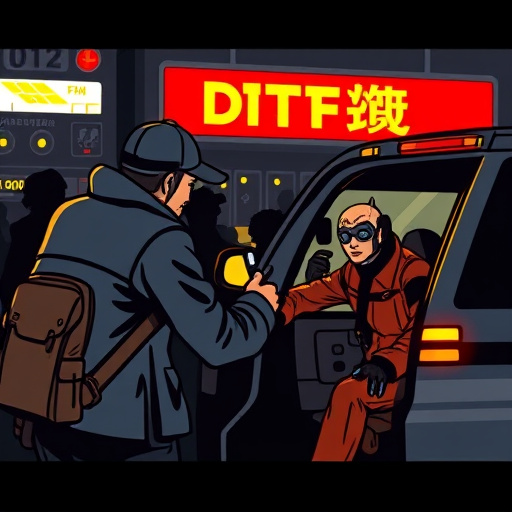
In today’s fast-paced world, where convenience and time-saving solutions are highly valued, removable warm transfers, often referred to as DTF (Removable Warm Transfer) technology, offer a game-changing approach to various applications. This innovative method allows for easy removal of temporary warmth from surfaces, making it ideal for situations where quick changes or adjustments are necessary without causing damage.
Considering DTF transfers provides several advantages. For instance, in industries like printing and packaging, this technology enables efficient production runs by eliminating the need for lengthy cooling processes between prints. Similarly, in the field of temperature-sensitive products, such as food packaging or medical supplies, removable warm transfers ensure product integrity and safety while streamlining distribution logistics. By embracing DTF transfers, businesses can enhance their operational efficiency, reduce costs, and improve overall customer satisfaction.
Key Benefits of Using DTF Transfer Technology

The DTF (Direct-to-Fabric) Transfer Technology offers a plethora of advantages for both manufacturers and consumers. One of its key benefits is the ability to apply intricate designs directly onto fabrics while they’re warm, ensuring a secure and long-lasting bond. This process eliminates the need for traditional transfer paper, reducing waste and streamlining production lines, which translates to significant cost savings.
Additionally, DTF transfers provide superior print quality, allowing for vibrant colors and detailed images that are durable enough for various fabric types. This technology is particularly advantageous in industries like apparel and textile printing, where quick turnaround times and consistent results are essential. By adopting DTF Transfer Technology, businesses can enhance their production efficiency while delivering high-quality products to their customers.
Applications: Industries Adopting This Innovation

The DTF Transfer, or “Remove While Warm” technology, is revolutionizing various industries that heavily rely on quick and efficient material handling. This innovative process allows for the transfer of materials from one medium to another while the source material is still in a warm, malleable state, enabling precise and seamless transitions.
Industries such as manufacturing, automotive, and food processing are rapidly adopting this technology to streamline their production processes. For instance, in automotive assembly lines, DTF Transfers can be used for applying coatings or adhesives while the surface is still warm, ensuring superior bonding strength. Similarly, in food packaging, this method enables the rapid transfer of delicate products from one container to another, reducing damage and waste. The versatility of DTF Transfers makes them a game-changer across multiple sectors, offering enhanced efficiency and improved product quality.
The Process: How DTF Transfers Work

DTF (Direct-to-Fabric) transfers are a revolutionary method in the printing industry, designed to be applied and removed easily while the fabric remains warm. This process involves a special ink that adheres temporarily to the fabric’s surface when heat is applied, allowing for precise and vibrant designs. Once the transfer is pressed onto the garment, it can be worn immediately, providing a unique and customizable experience for customers.
The key advantage lies in the temporary nature of the bond. The ink forms a strong adhesion during the pressing process but remains soft and pliable, enabling easy removal without leaving behind any residue. This characteristic makes DTF transfers ideal for one-off designs, prototypes, or limited-edition collections, where the ability to swiftly modify or update garments is essential.
Future Prospects and Considerations for Implementers
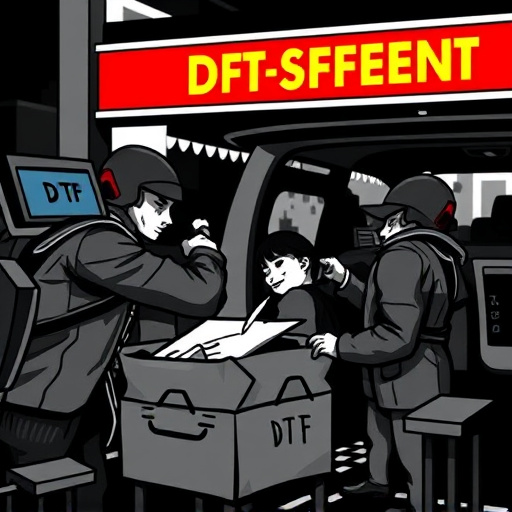
As the concept of warm transfers gains traction, future prospects for DTF (Designated To Be Removed) transfers look promising. Implementers can anticipate a shift towards more dynamic and efficient asset management strategies. By embracing digital technologies, such as blockchain and smart contracts, the process of transferring assets while they’re still warm can be streamlined and automated. This not only reduces manual errors but also enhances transparency and security.
Considerations for implementers include ensuring data integrity during transfer and implementing robust backup systems to mitigate risks. Additionally, user experience must be a priority, with intuitive interfaces encouraging adoption among users who prefer quick, hassle-free transactions. As the market evolves, continuous monitoring and adaptation will be crucial to stay ahead of regulatory changes and capitalize on emerging trends in the DTF transfer space.


